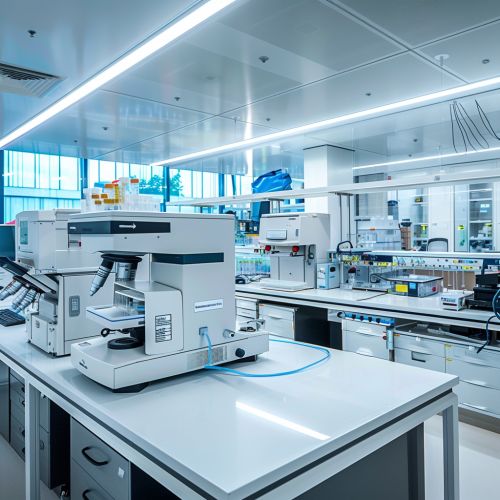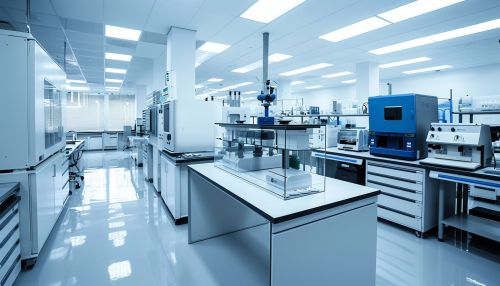National Laboratories of the United States
Overview
The United States has a network of 17 National Laboratories that are owned by the Federal Government and administered by the Department of Energy (DOE). These laboratories are multi-disciplinary institutions that conduct research and development in a wide range of scientific and technological fields, including physics, chemistry, biology, materials science, environmental science, nuclear science, and energy production and conservation.


History
The establishment of the national laboratories dates back to the Manhattan Project during World War II, which led to the development of the first atomic bombs. The first three laboratories, Oak Ridge, Los Alamos, and Lawrence Berkeley, were created as part of this project.
Laboratories
Each of the 17 national laboratories has a unique research focus and mission. Here is a brief overview of each laboratory:
Argonne National Laboratory
Argonne is a multidisciplinary science and engineering research center, where scientists and engineers work together to answer the biggest questions facing humanity, from how to obtain affordable clean energy to protecting ourselves and our environment.
Brookhaven National Laboratory
Brookhaven conducts research in the physical, biomedical, and environmental sciences, as well as in energy technologies and national security.
Fermi National Accelerator Laboratory
Fermilab is America's premier laboratory for particle physics and accelerator research, funded by the U.S. Department of Energy.
Idaho National Laboratory
Idaho leads the nation in nuclear energy research, developing next-generation reactor technologies, advanced fuel cycles, and space nuclear power systems.
Lawrence Berkeley National Laboratory
Lawrence Berkeley conducts unclassified research across a wide range of scientific disciplines.
Lawrence Livermore National Laboratory
Lawrence Livermore is primarily known for its work in nuclear weapons development, but it also conducts research in fields such as supercomputing and biosecurity.
Los Alamos National Laboratory
Los Alamos is best known for its role in the Manhattan Project, but today it conducts research in a wide range of fields, including nuclear fusion, materials science, and climate change.
National Energy Technology Laboratory
NETL is the only national laboratory owned and operated by the U.S. Department of Energy (DOE) Office of Fossil Energy.
National Renewable Energy Laboratory
NREL is the only federal laboratory dedicated to the research, development, commercialization, and deployment of renewable energy and energy efficiency technologies.
Oak Ridge National Laboratory
Oak Ridge is the largest multi-disciplinary science and energy national laboratory in the Department of Energy (DOE) system.
Pacific Northwest National Laboratory
PNNL conducts research in areas that are important to the U.S. Department of Energy, such as energy production, environmental remediation, and nuclear safety.
Princeton Plasma Physics Laboratory
PPPL is a world-class fusion energy research laboratory dedicated to developing the scientific and technological knowledge base for fusion energy.
Sandia National Laboratories
Sandia is a multiprogram laboratory operated by National Technology and Engineering Solutions of Sandia, LLC., for the U.S. Department of Energy's National Nuclear Security Administration.
Savannah River National Laboratory
Savannah River is a multi-disciplinary research and development center for environmental, nuclear, and energy technologies.
SLAC National Accelerator Laboratory
SLAC is a multi-disciplinary laboratory for astrophysics, photon science, accelerator and particle physics research.
Thomas Jefferson National Accelerator Facility
Jefferson Lab is a nuclear physics research facility, and its mission is to provide forefront scientific facilities, opportunities and leadership essential for discovering the fundamental structure of nuclear matter.
Oak Ridge Institute for Science and Education
ORISE is a U.S. Department of Energy institute focusing on scientific initiatives to research health risks from occupational hazards, assess environmental cleanup, respond to radiation medical emergencies, support national security and emergency preparedness, and educate the next generation of scientists.
